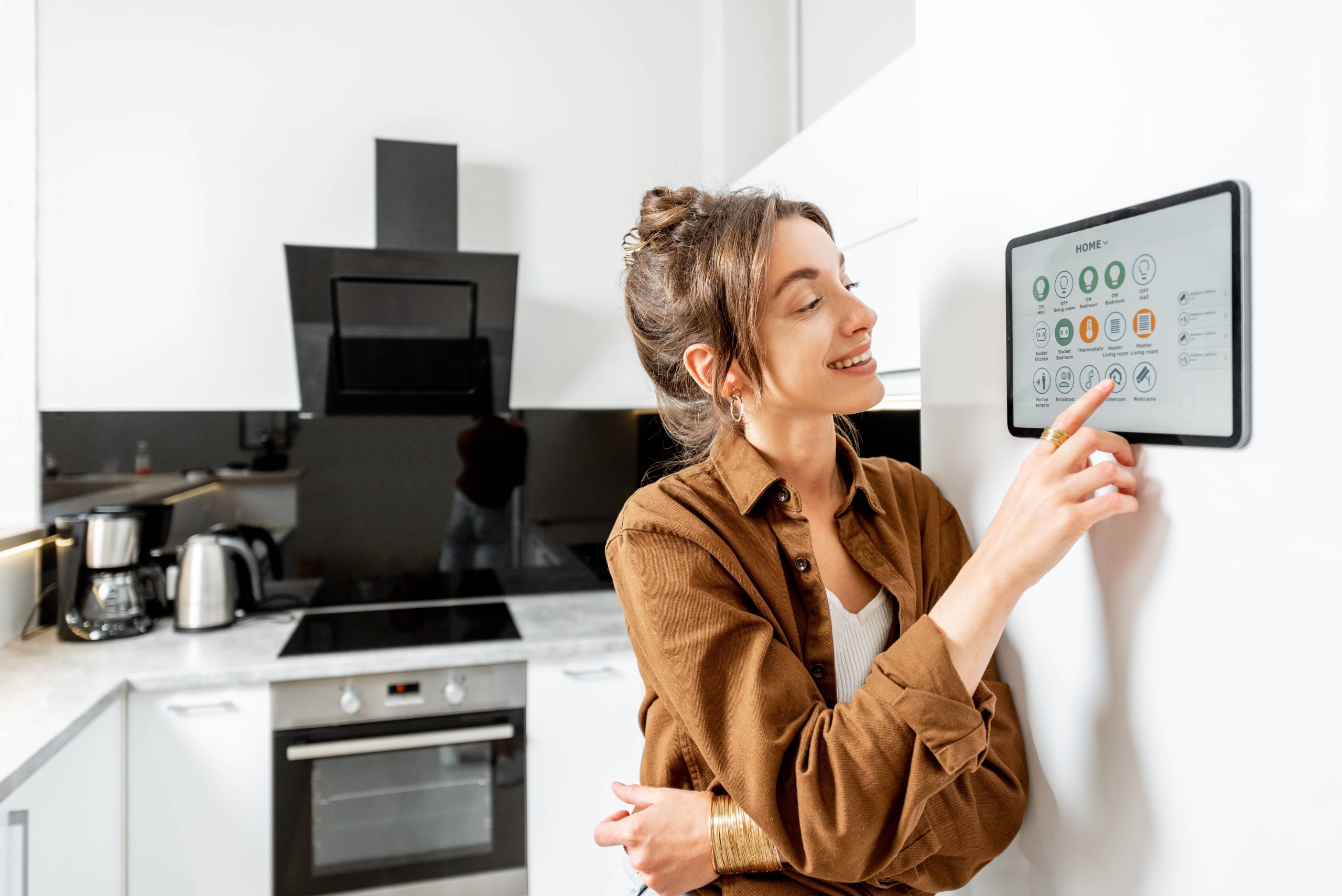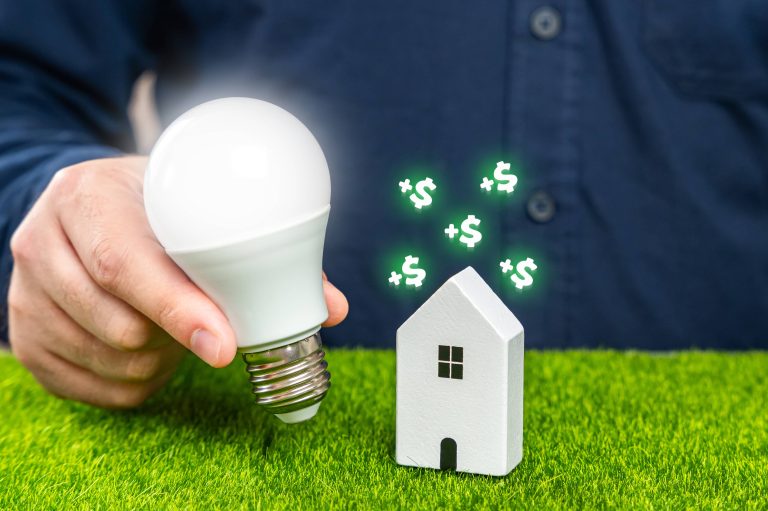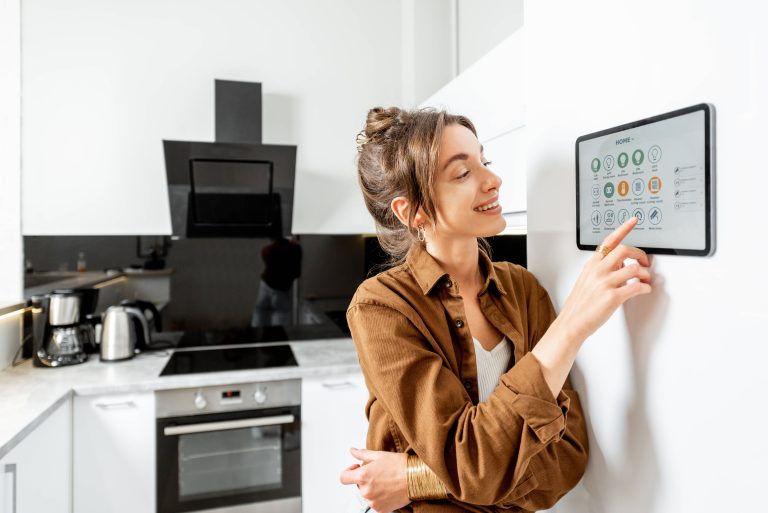
In the era of increasing environmental awareness and rising energy costs, energy efficiency has become a cornerstone of sustainable living. As a smart home enthusiast and blogger, I have seen firsthand how leveraging smart technology can lead to significant energy savings. Today, I want to take you on a journey exploring the most energy-efficient smart devices that can transform your home into an eco-friendly haven.
Smart Thermostats: Controlling Temperature with Intelligence
One of the most impactful energy-efficient devices you can install in your home is a smart thermostat. Unlike traditional thermostats, smart thermostats learn your schedule and preferences and adjust the temperature accordingly. They can also be controlled remotely via smartphone apps, allowing you to optimize heating and cooling even when you’re not home.
Devices like the Nest Learning Thermostat or the Ecobee Smart Thermostat have gained popularity for their energy-saving capabilities. According to studies, smart thermostats can save homeowners up to 12% on heating and 15% on cooling costs annually. By minimizing energy wastage, these devices not only contribute to lower utility bills but also reduce your carbon footprint.
Smart Lighting: Shedding Light on Savings
Lighting accounts for about 15% of the total electricity consumption in a typical household. Smart lighting systems, such as Philips Hue or LIFX, offer a simple yet effective way to enhance energy efficiency. These systems allow you to control lighting through your smartphone, set schedules, and adjust brightness levels.
One of the key energy-saving features of smart lighting is the ability to detect occupancy. Motion sensors ensure lights are only on when a room is in use, and automatically turn off when it is unoccupied. Additionally, smart bulbs are mostly LED-based, which consume significantly less power compared to traditional incandescent bulbs. LED bulbs also have a longer lifespan, reducing the need for frequent replacements and further contributing to sustainability.
Smart Plugs: Power Management at Your Fingertips
Many electronic devices continue to draw power even when they’re turned off or in standby mode. This phenomenon, known as “phantom load” or “vampire power,” can contribute to unnecessarily high energy bills. Smart plugs, such as those made by TP-Link or Wemo, offer a solution by allowing you to cut power to devices when they’re not in use.
With smart plugs, you can schedule devices to turn off automatically at certain times, monitor energy usage, and even control devices remotely through an app. By eliminating phantom loads and optimizing usage, smart plugs can lead to noticeable reductions in power consumption.
Smart Appliances: Efficiency Meets Convenience
Major appliances, such as refrigerators, washing machines, and dishwashers, are among the largest energy consumers in a household. Smart appliances are designed to be more energy-efficient by incorporating advanced technology and connectivity features.
For instance, smart refrigerators can maintain optimal cooling levels while minimizing energy usage. Some models even have features like door alarms and internal cameras, so you can check the fridge contents without opening the door, thus preserving cool air and saving energy. Smart washing machines and dishwashers often come with eco-friendly modes that use less water and energy, while still delivering excellent performance.
Brands like LG, Samsung, and GE are leading the way in manufacturing energy-efficient smart appliances that align with sustainability goals.
Smart Water Heaters: Precision Heating
Water heating is another significant contributor to household energy consumption. Traditional water heaters maintain a constant water temperature, which can be wasteful when hot water is not needed. Smart water heaters provide a more efficient solution by allowing precise control over heating schedules.
Devices like the Rheem EcoNet or the Rinnai Smart Water Heater can be programmed to heat water only when needed, reducing standby heat losses. They also offer real-time monitoring and diagnostics, helping you identify any inefficiencies or issues promptly.
Smart Power Strips: Intelligent Energy Management
Much like smart plugs, smart power strips manage the electricity flow to multiple devices. They can detect when a primary device, such as a computer, is turned off and subsequently cut power to peripheral devices like monitors, printers, and speakers. This prevents excess energy consumption and reduces the overall electrical load.
Smart power strips, such as those from Belkin or APC, are particularly useful in home offices or entertainment centers, where multiple devices are frequently used together.
Conclusion: A Smarter, More Sustainable Home
Incorporating energy-efficient smart devices into your home is more than just a trend—it’s a proactive step toward a more sustainable future. By intelligently managing energy consumption, these devices not only help reduce your carbon footprint but also offer significant savings on utility bills.
As technology continues to evolve, we can expect even more innovative solutions to emerge, making it easier than ever to achieve energy efficiency. Embracing smart home technology is a win-win situation, contributing to both environmental preservation and personal financial health.
So, if you haven’t already, consider the energy-efficient smart devices mentioned above. With a little investment and a commitment to sustainability, you can transform your home into an epitome of modern, eco-friendly living. Happy saving!







